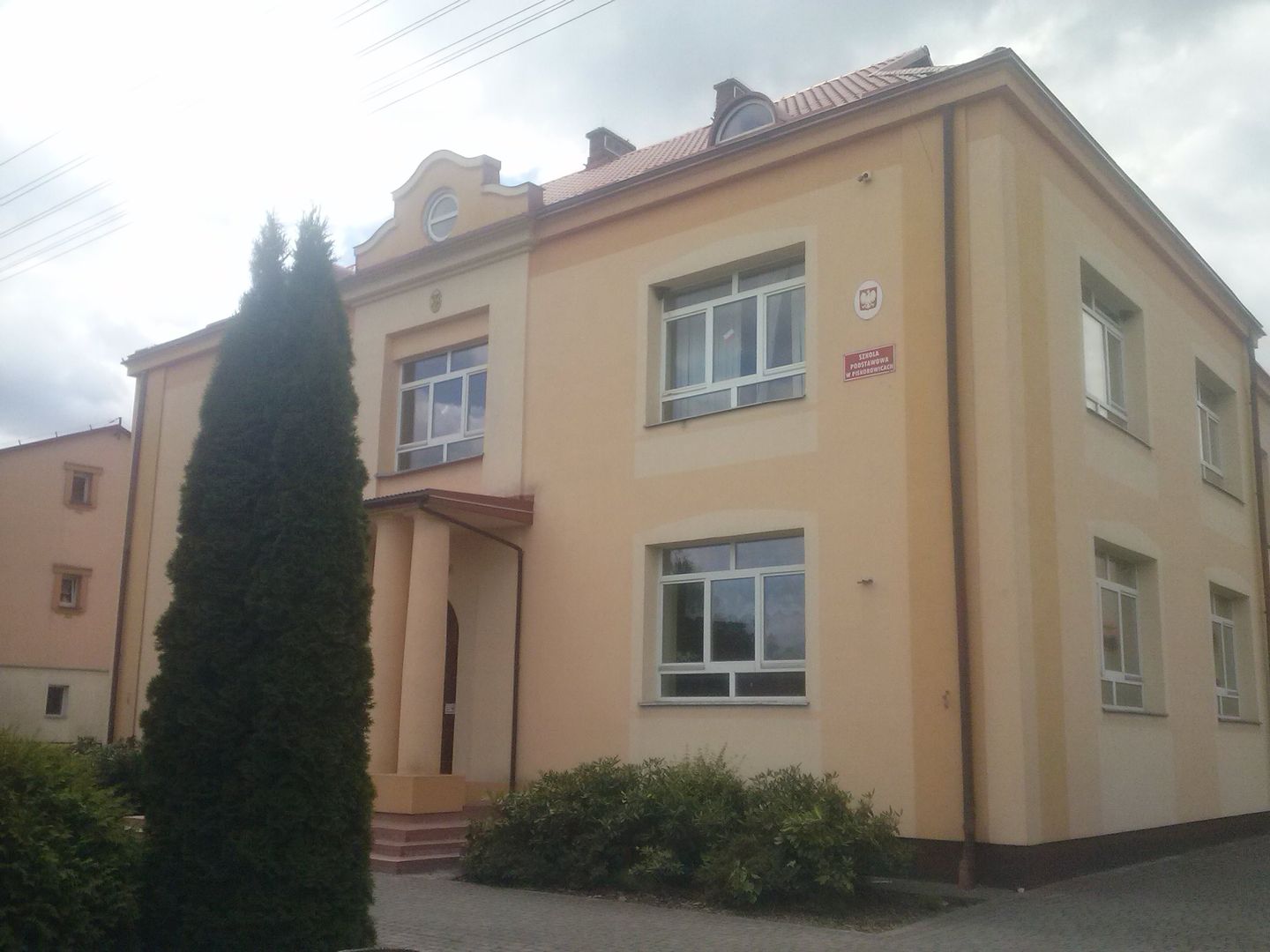Piskorowice
6.02

Overview
Piskorowice is a village located in the Podkarpackie Voivodeship, in the Leżajsk district, known for its rich history dating back to prehistoric times. The first traces of settlement date back to 10,000–8,000 BCE. Over the centuries, the area went through numerous stages of development, and archaeological findings indicate the presence of people from the Przeworsk culture. The village, which according to tradition already existed during the times of the Principality of Halych-Volhynia, was likely named after the weatherfish (piskorz) living in the San River. Historically, Piskorowice was a royal estate, administered by non-castle starosts, and in the 16th century, it became part of the Zamoyski Ordination.
An architectural masterpiece in Piskorowice is the brick church, built by Count Maurycy Zamoyski between 1929 and 1930. Previously, there was a chapel dedicated to St. Charles Borromeo, and during the interwar period, the village had about 427 faithful. Over the years, Piskorowice experienced many dramatic events, including a crime during World War II, when on April 18, 1945, the village was pacified, leading to the massacre of numerous Ukrainian citizens.
Local education boasts a centuries-old tradition, with the origins of schooling dating back to 1789. The school underwent many transformations and, in 2018, was placed under the patronage of Janusz Korczak. Interestingly, for centuries, Piskorowice was a meeting place for various cultures, including Poles, Ukrainians, and Jews. Today, the village is not only a witness to turbulent history but also a regional cultural center with a developed community and traditions.
Location
2025 Wizytor | All Rights Reserved